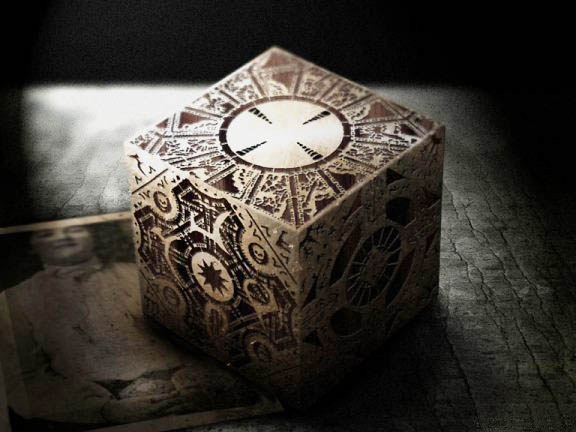Instruction
1
To calculate the volume of a cube or cuboid you need to know three values: length, width and height. To calculate the mass required volume and density of the material of the object (m = v*ρ). The density of gases, liquids, rocks, etc. can be found in the relevant tables.
2
Example 1. Find the mass of a granite block, whose length is 7 m, width and height 3 m. the Volume of such a parallelepiped will be equal to V = l*d*h, V = 7m*3M*3M = 63 m3. The density of granite is 2.6 t/m3. The mass of the granite block: 2.6 t/m3 * 63 m3 = 163,8 T. a: 163,8 tonnes.
3
You need to consider that the sample may not be uniform or may contain impurities. In this case, you will need not only the density of the base material, but the density of impurities.
4
Example 2. Find the mass of a cube with sides 6 cm, which consists of 70% pine and 30% spruce. The volume of a cube with a side l = 6 cm is 216 cm3 (V=l*l*l). The volume that is occupied in the specimen pine, can be calculated using a proportion:216 cm3 - 100% X – 70%; X = 151,2 cm3
5
The volume that is occupied by spruce: 216 cm3 - cm3 151,2 = 64,8 cm3. Pine density of 0.52 g/cm3, so the mass of pines, contained in the sample of 0.52 g/cm3*cm3 151,2 = 78,624 g ate Density of 0.45 g/cm3, respectively - the mass is equal to 0.45 g/cm3*64,8 cm3 = amounted to 29.16 g. Answer: the total mass of the sample, consisting of spruce and pine 78,624 g + amounted to 29.16 g = 107,784 g
6
And even if you need to calculate the mass of a square sheet metal, then you will calculate the mass of the parallelepiped whose length l, width d and height (sheet thickness) h.
7
Example 3. Find the mass of copper square sheet, 10 cm by 10 cm, thickness 0,02 see the Density of copper 89,6 g/cm3. The volume of copper sheet: 10 cm*10 cm*0.02 cm = 2 cm3. m(sheet) = 2 cm3*89,6 g/cm3 = 179,2 g Answer: the mass of the sheet - 179,2 g.
Note
In metal, there is the concept of mass of a square. This refers to the mass of calibrated metal rod with a square cross-section. But, regardless of how "this" is, in fact, this rod is still the same box.

